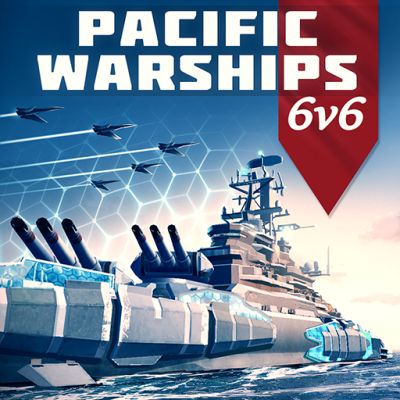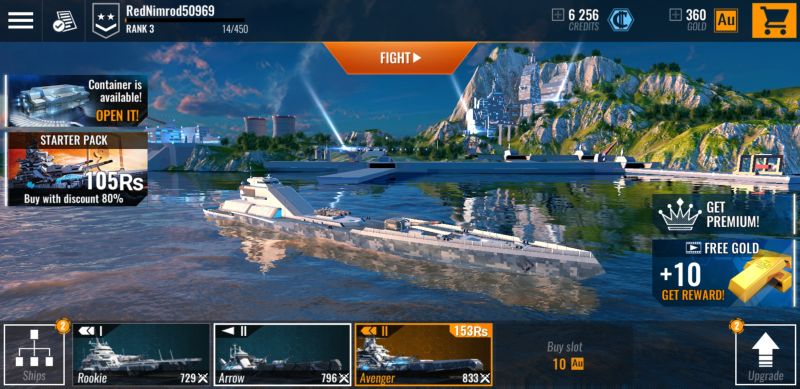

As coal stored in the open steadily looses its calorific value – the warmer the climate the faster the process of deterioration – stocks were kept to a minimum. Colliers usually delivered coal to refuelling stations as a bulk cargo. However, before examining efforts to refuel vessels under weigh a brief examine of the how vessels were coaled in harbour will be helpful. A fleet of battleships is powerful only when its constant mobility is assured, when we are able to guarantee the free and unrestricted movement of that fleet to a given theater of war, and within that area after it has arrived.”

That is true only in part and, like all half-truths, has a lurking within it a seed of danger. “We are too prone to consider that the size of our fleet in battleships alone is a measure of our national strength. As one American commentator wrote in 1913 Coal was also the principal factor that determined a warship’s duration at sea. With warships wholly reliant on coal, its provision and the acquisition of coaling stations became a matter of supreme strategic importance for maritime powers.

As the 19th century progressed so did the design of steam engines, improved among other things, by better metallurgy, vertical cylinders and triple expansion engines, all leading to greater reliability and power. Only during the 1870s did steam become the exclusive means of propulsion. Even so warships of all sizes still carried rigging and relied albeit to a diminishing degree on the wind for their main source of propulsion, steam complemented wind power with its sole use being reserved for an emergencies or to manoeuvre in action. By the early 1850s the steam-powered warship had emerged as the dominant maritime weapons system. As early steam engines were unreliable their use was initially confined to harbour craft that did not stray far from their fuel source. The introduction of steam-power was rapid starting in 1821 for the Royal Navy with the Comet and by 1837 the Admiralty was operating in excess of fifty steam vessels. That changed with the advent of the steam engine for naval use. Two hundred years ago in the age of sail there was no fuel to transfer and a warship could be provisioned for many months prior to setting sail. The modern replenishment ship is well versed in transferring the everyday necessities, of food, ammunition and fuel to a warship sailing along side at speed. Today the deployment of a naval force to distant locations – power projection – be it a single vessel or a large flotilla, is invariably accompanied by an appropriate number of logistical support vessels. This paper examines in the forty years leading up to the First World War how different navies, particularly the British and American, approached the problem of providing “free and unrestricted movement of their fleets” by replenishment at sea.


 0 kommentar(er)
0 kommentar(er)
